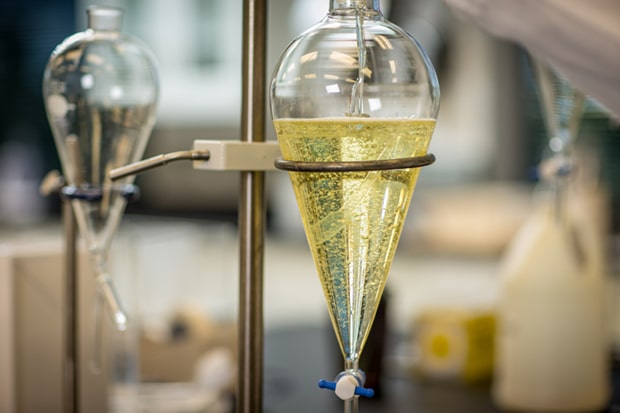Tag: afbinternational.com
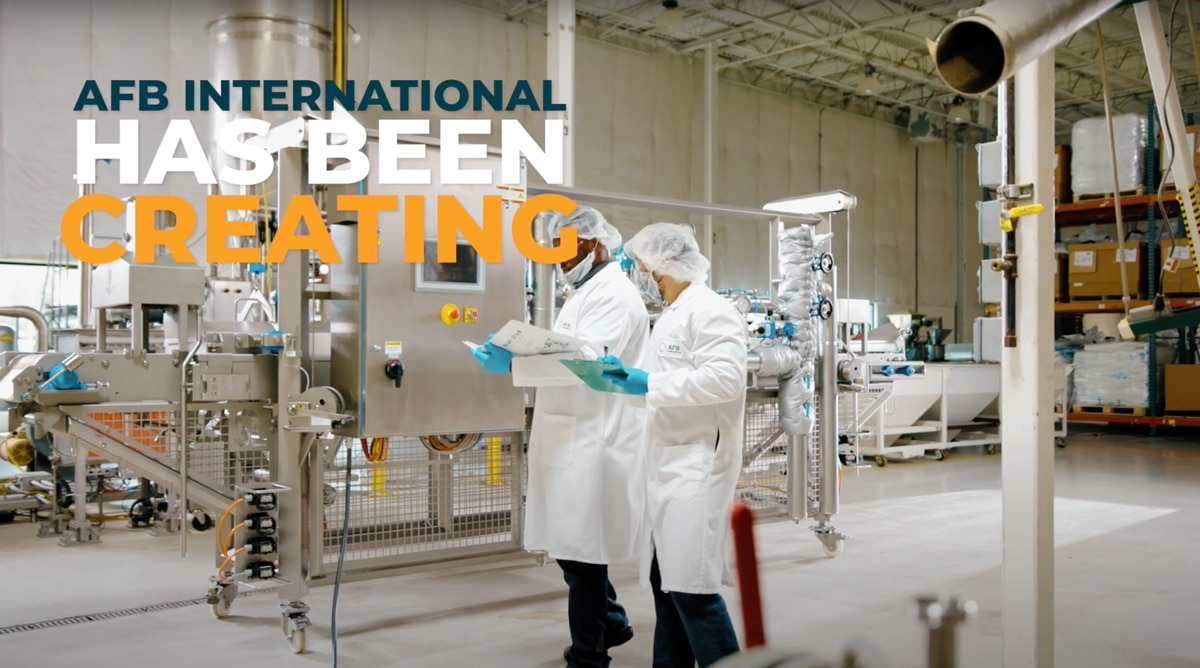
Learn about AFB – who we are and how we work – in our new video.
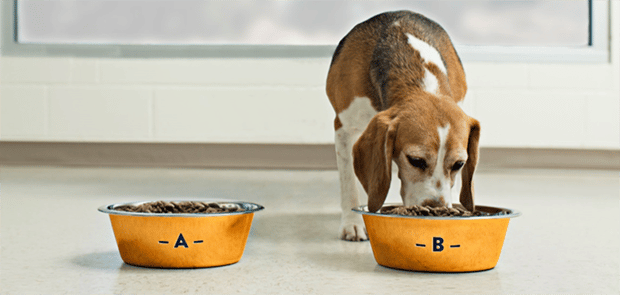
In the pet food industry, business decisions about product advancement are based on comparative palatability assessments using data. Pet preferences are most often determined using two-bowl trials. Data from these or any comparisons must be carefully analyzed to tell an accurate story. The first step in this analysis is to…
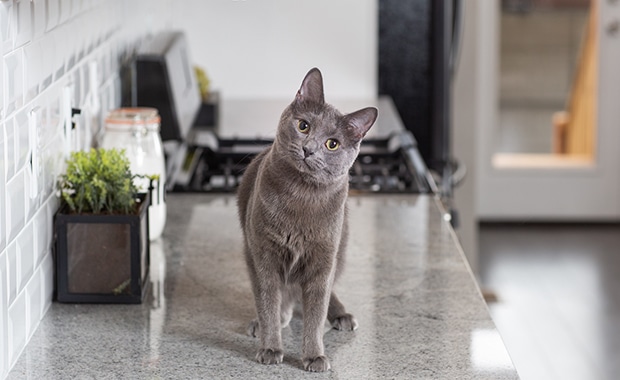
Creating a product that satisfies a cat’s preference can be challenging. Drivers such as aroma, taste and temperature are important in determining if a cat will prefer a particular food. A cat’s teeth are made for shearing and tearing, thus making kibble texture and size another factor in determining which…
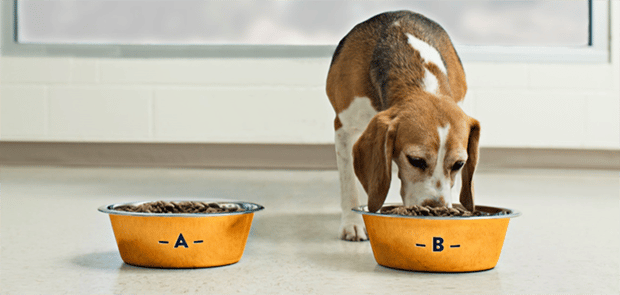
In the pet food industry the word palatability is used frequently. Jennifer Barnette Fox with Petfood Processing Magazine wanted to find out how palatability is measured and interviewed several industry professionals to “understand palatability” in her latest article in the March 2020 issue. We were excited to have 3 of…
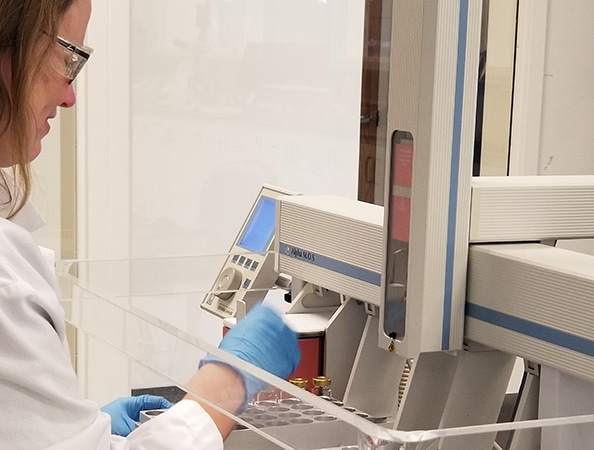
Aroma and taste are important variables in pet food palatability. However, our canine and feline companions can’t tell us what aroma they smell or flavors they taste, so how do we know which pet food they prefer? Electronic sensors have the ability to help scientists analyze the overall smell and…
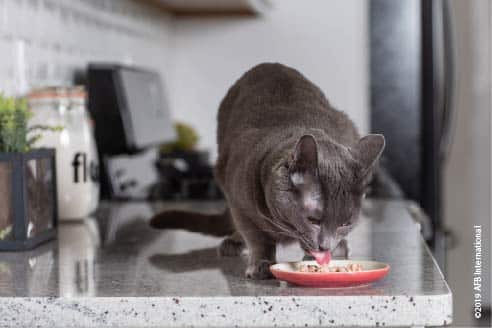
The wet cat food market is dynamic and growing. New ingredients, product forms and package types make creating palatable wet cat food a challenging task. AFB International launched a long-term strategic initiative to improve the palatability of wet cat food and help deliver the performance pet parents expect and cats…
